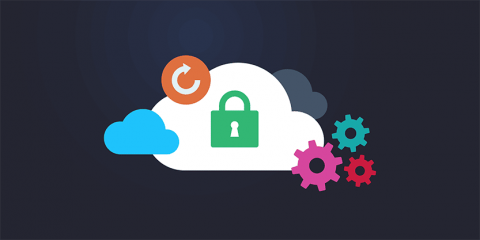MSP's Guide to Customer Data Protection
Customer data protection is important to every business that wants to protect its financial security and its reputation -- but it’s even more important for managed service providers (MSPs). When talking to your clients, you’ll probably tell them that a huge reason why protecting customer data is mission critical is because their entire business depends on it.











